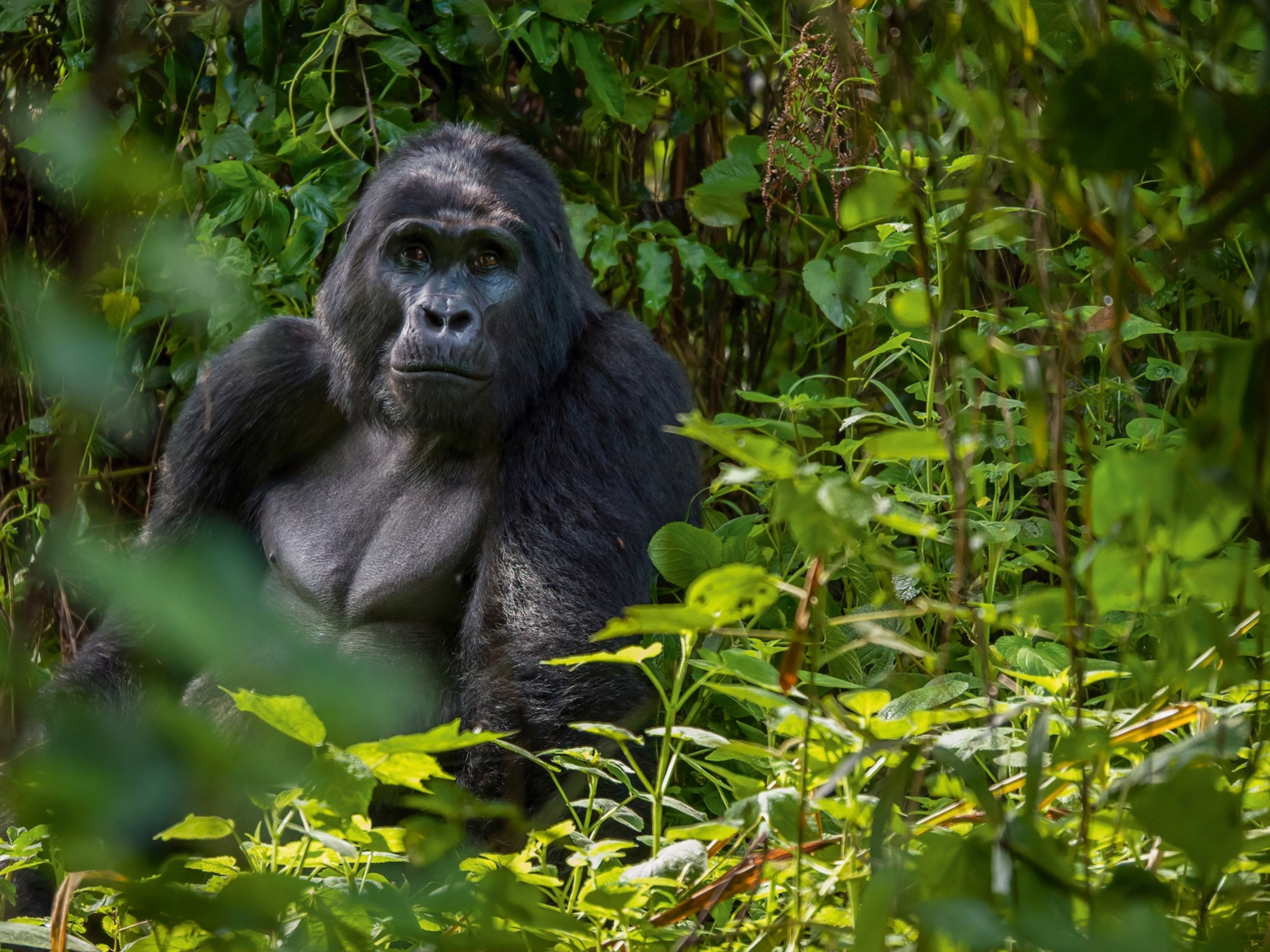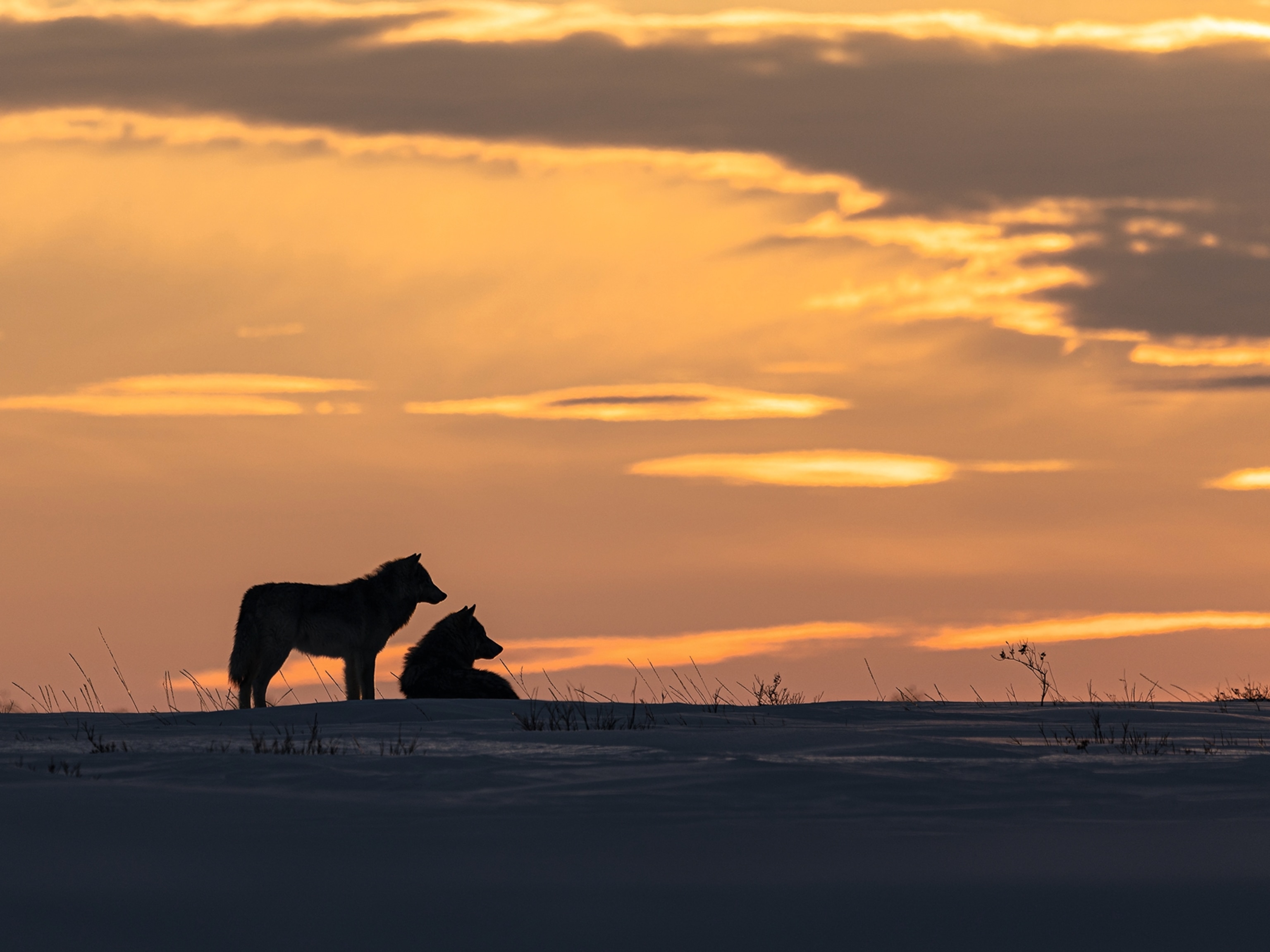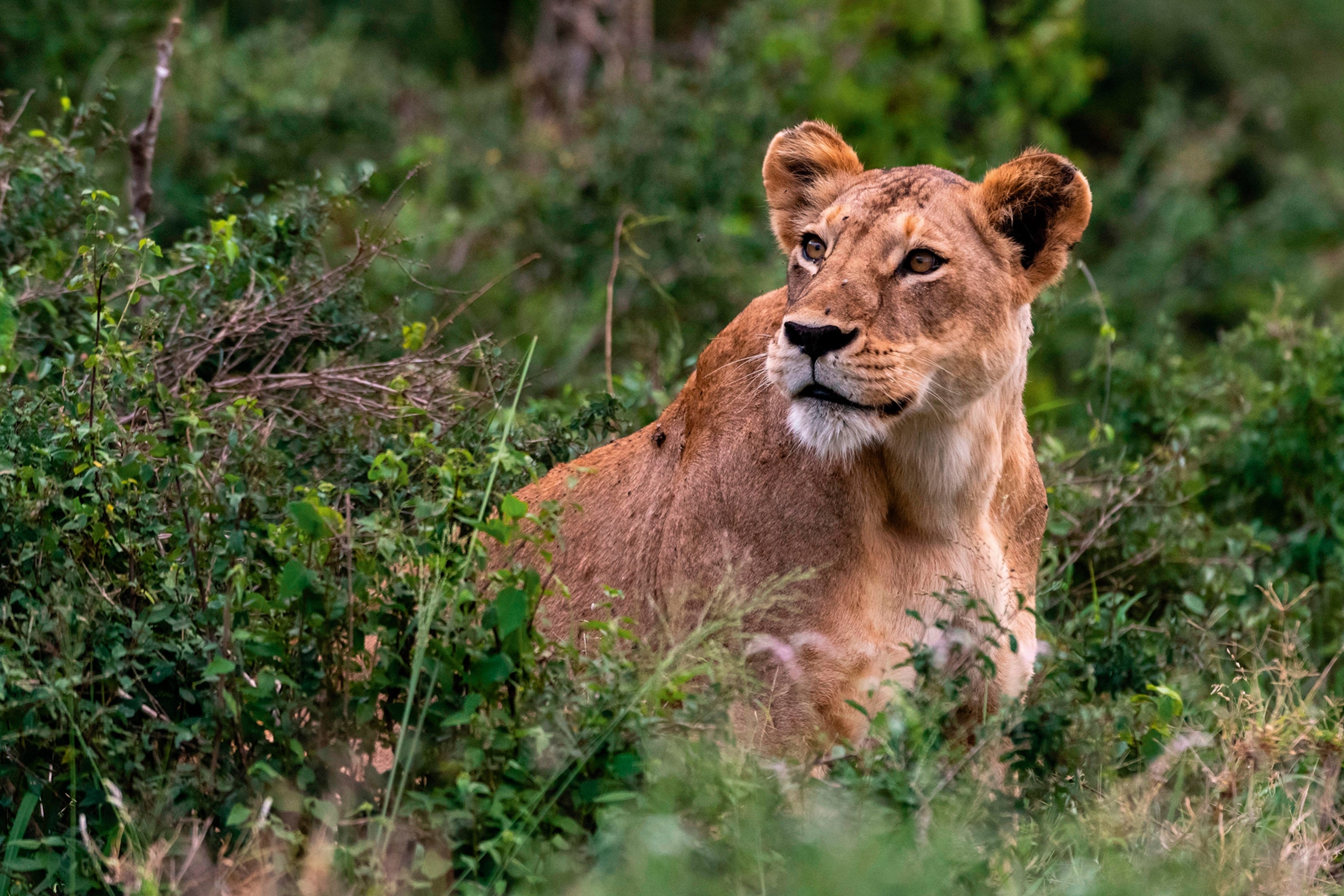
Maasai Mara & beyond: 5 must-see safari parks in Kenya
As a key stop on the Great Migration, the Maasai Mara is one of Africa's biggest draws. But go beyond and you can find quieter parks for budget-friendly ways to spot big cats and more.
Few visitors to Kenya can resist the siren call of its top wildlife-watching area, the Maasai Mara. Its sweeping grasslands — blonde and close-cropped in the dry season, green and earthy after rain — stretch for hundreds of miles. Famous for big cats and the drama of the Great Migration, this is the kind of place where a budding interest in all things safari can develop into an addiction.
During the Great Migration, which visits Kenya between July and September, vast herds of wildebeest and zebras hover nervously on the riverbanks, waiting to cross. Their fear is well-placed: crocodiles lurk in the water, ready to snap. For visitors, witnessing such scenes can be life-changing. But with wildlife in residence all year, the Mara is compelling off-season, too. And, as a bonus, once the milling migrants have finally dispersed, prices tend to plummet.
Partly council-managed, partly community-owned, the Mara is several parks in one. While some camps charge a fortune for an all-inclusive, fly-in experience in a private conservancy, affordable alternatives also exist. If you can stretch to a group tour or a rented 4x4 vehicle, with or without a driver, head west to the delightful and relatively crowd-free Mara Triangle. Here, it’s possible to pitch a tent at a public campsite and let the wilderness work its magic.
The villages of Sekenani or Talek also make good-value bases. Located just outside the main reserve, they’re cheap to reach by matatu (public minibus) or shared taxi from Narok, which is on bus routes from the capital Nairobi. The low-cost camps and guesthouses in these villages organise group drives into the reserve. While many of them deliver an excellent experience, there’s an elephant in the room: the Narok side of the Mara is on the brink of overtourism, with some drivers speeding, jostling on the river banks and bending the official rules about crowding predators. The Kenya Professional Safari Guides Association is a good place to find a trustworthy guide who will avoid this practice.
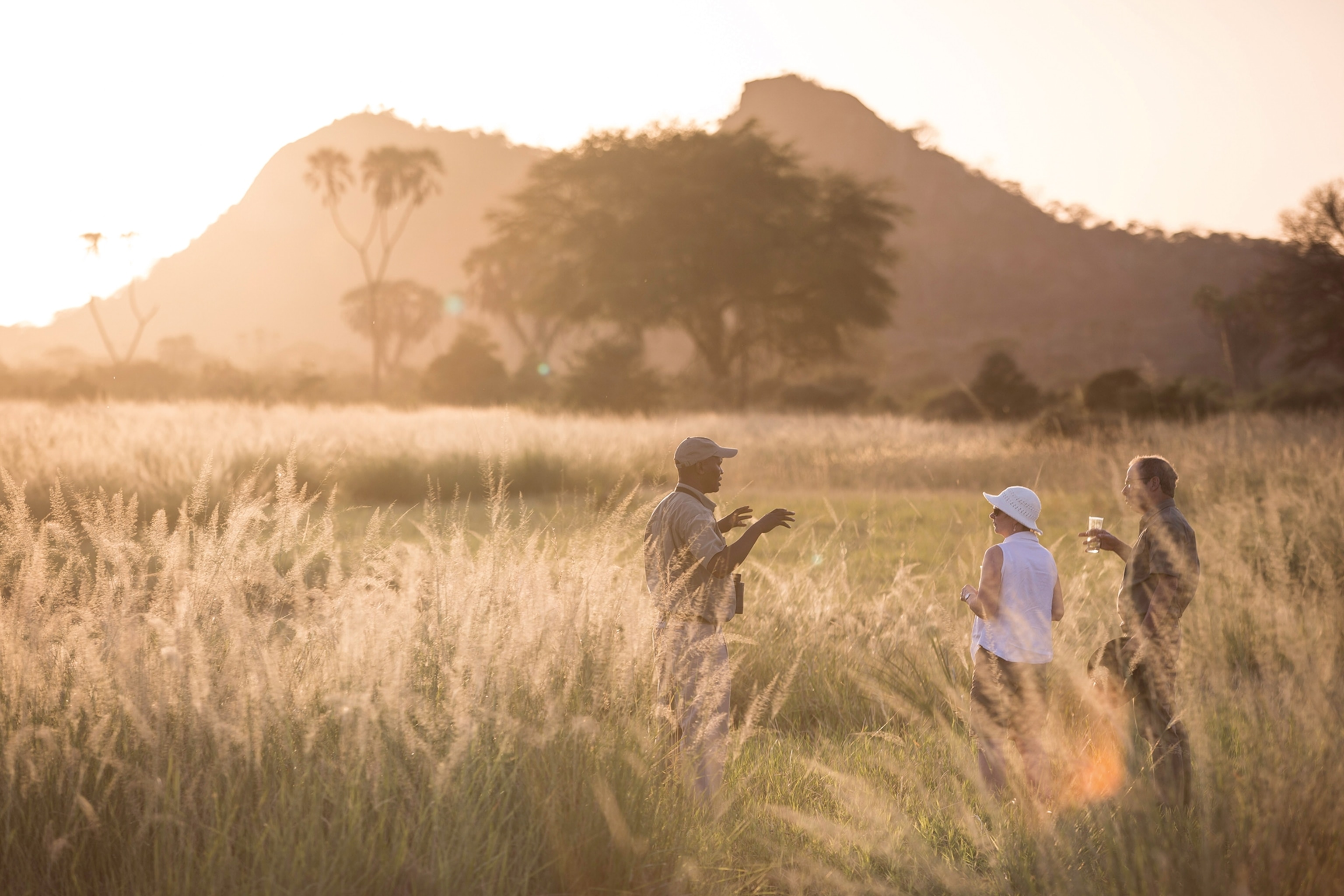
Mara Triangle public campsites cost US$30 (£25) per person plus Mara Conservancy entry US$70/24hrs (£64). Greenwood Safari Camp, Talek (00 254 710 546 458) offers two-person tents from US$40 (£32) and excursions from US$38 (£30) per person. National Reserve entry fees cost US$70 (£64).
Alternatives beyond the Mara
In Kenya’s state-run parks, close-to-nature accommodation comes cheap and shares the same territory as the high-end lodges.
1. Nairobi
Best for: a quick warm-up
No other African capital is as blessed with wilderness as Nairobi; its eponymous national park lies on its doorstep and is also an ecological education and research hub, with an exemplary record in protecting rhinos. You can see giraffes, hyenas and even lions here. The Kenya Wildlife Service has no accommodation in the park, but it’s easy to plan day trips from the many low-cost hotels — either in central Nairobi or out of town.How to do it: Park entry is US$43 (£35) per day. Swara Acacia has half-board doubles from US$94 (£75).
2. Tsavo West
Best for: lions
Tsavo West National Park is half way between Nairobi and Mombasa in Kenya’s deep south, and elephants, leopards and rhinos can be found here. But it’s the lions that everyone wants to see — descendants of maneless males that once terrorised a group of construction workers.How to do it: Park entry is US$52 (£42) per day. Kenya Wildlife Service campsites cost US$20 (£16) per person. Bandas (self-catering cottages) from US$50 (£40) per person.
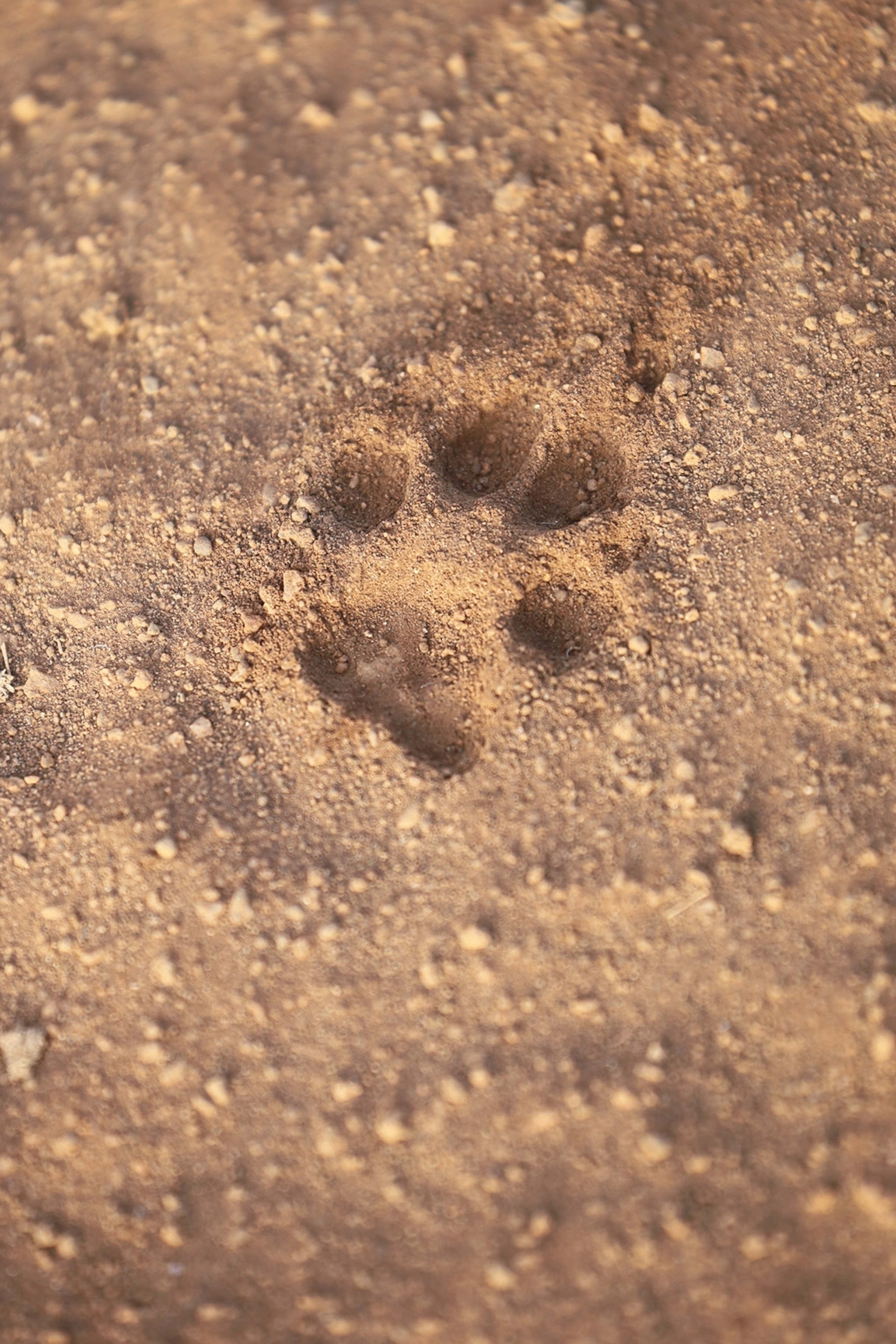

3. Amboseli
Best for: elephants
Mount Kilimanjaro looms above the acacia-dotted grasslands of Amboseli, a national park south of Nairobi. Since 1972 the park has been home to the Amboseli Elephant Research Project — the world’s longest-running study of elephant behaviour in the wild. How to do it: Park entry is US$70 (£55) per day. Kenya Wildlife Service campsites cost US$30 (£24) per person. Bandas cost from US$90 (£71) per person.
4. Meru
Best for scenery
If you’re keen to get away from the crowds, try Meru. It’s one of the country’s most under-rated national parks, around a five-hour drive northeast of Nairobi. Cooled by gushing streams, it’s a stronghold for hippos and other animals endemic to East Africa such as long-necked gerenuk antelopes.How to do it: Park entry is US$52 (£42) per day. Kenya Wildlife Service campsites cost US$20 (£16) per person. Bandas cost from US$80 (£64) per person.
To subscribe to National Geographic Traveller (UK) magazine click here. (Available in select countries only).




